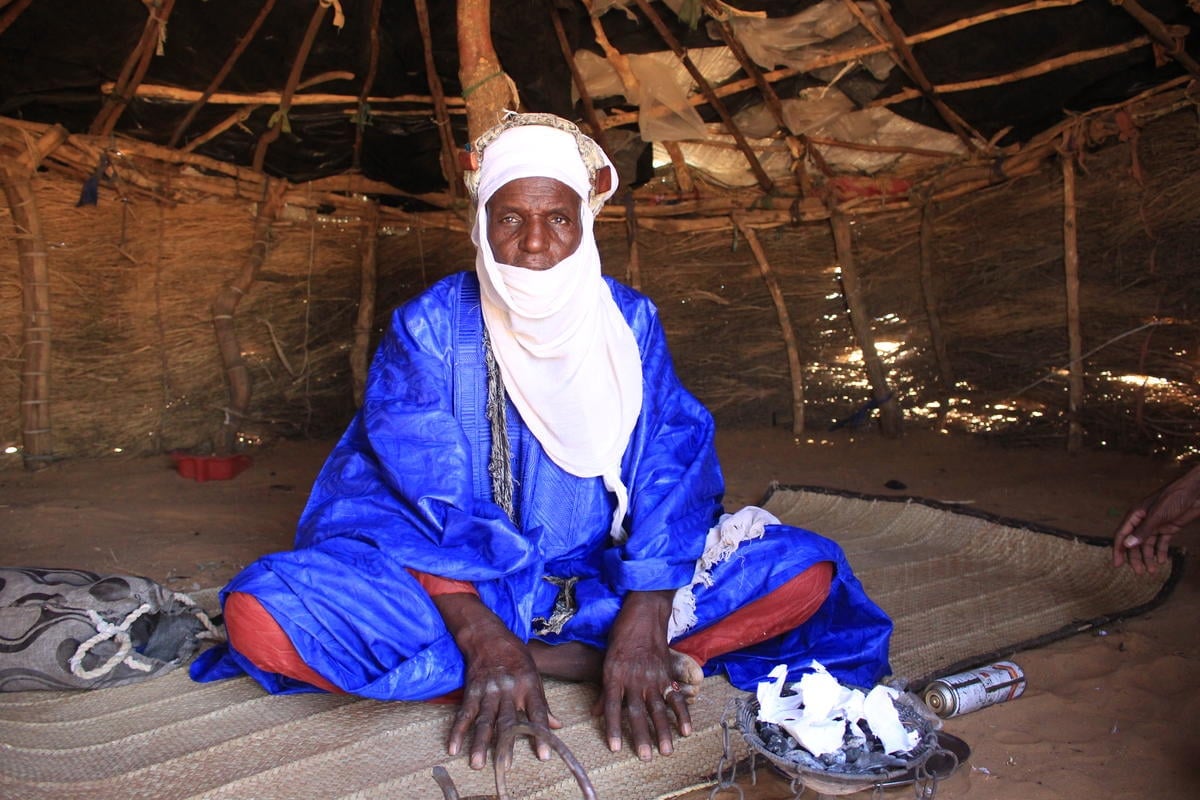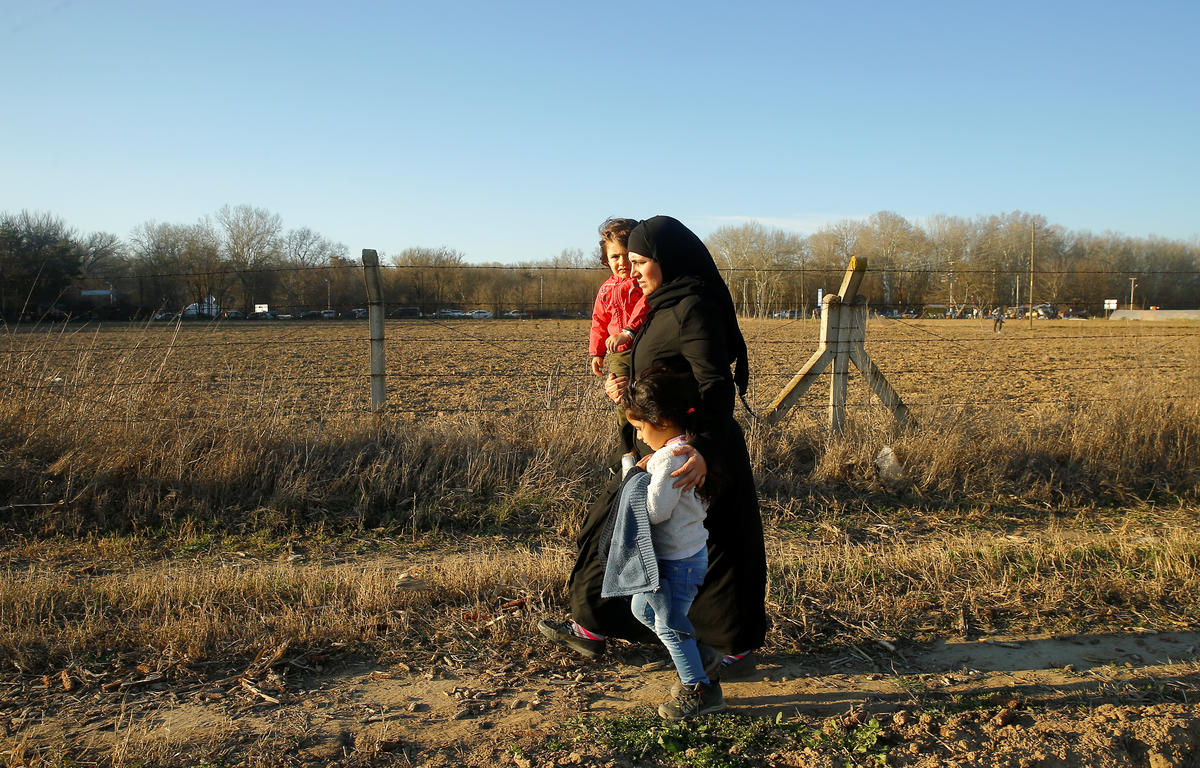Red Sea tragedy leaves 62 people dead in deadliest crossing of the year
Red Sea tragedy leaves 62 people dead in deadliest crossing of the year

GENEVA, June 6 (UNHCR) - The UN refugee agency on Friday said it had received confirmation that 62 people died when their boat foundered while trying to cross the Red Sea from the Horn of Africa to Yemen, making it the deadliest sinking this year.
"We are still seeking information, but it is now confirmed that a boat carrying 60 people from Somalia and Ethiopia and two Yemeni crew sank last Saturday in the Red Sea," UNHCR spokesman Adrian Edwards told journalists in Geneva. The victims were reportedly buried by local residents after their bodies washed ashore in Yemen's Al Jadeed area.
"UNHCR's thoughts are with the families and friends of those involved," Edwards said. "The tragedy is the largest single loss of life this year of migrants and refugees attempting to reach Yemen via the Red Sea and the Gulf of Aden."
The tragedy follows previous incidents in January, March and April, bringing the known total of deaths at sea of people trying to reach Yemen to at least 121 so far his year.
"UNHCR strongly believes that every life counts and is working to prevent the alarming loss of life at sea and indifference to people desperately needing protection. We are reiterating our call for governments in the region to strengthen their search-and-rescue capacities, their arrangements for securing safe disembarkation of those rescued and proper identification, and assistance and referral of vulnerable people in need of protection and assistance," the UNHCR spokesman said.
He added that UNHCR was ready to support Yemen in these activities, alongside other measures to boost the protection system in the region adopted in the Sana'a Declaration of last November's Regional Conference on Asylum and Migration.
UNHCR has documented the arrival of 16,500 refugees and migrants on the Yemeni coast during the first four months of 2014, significantly less than the 35,000 received in the same period last year.
Over the past five years, more than half-a-million people (mainly Somalis, Ethiopians and Eritreans) have crossed the dangerous waters of the Gulf of Aden and the Red Sea to reach Yemen. Boats are overcrowded and smugglers have reportedly thrown passengers overboard to prevent capsizing or avoid detection. Search-and-rescue officials say the practice has resulted in hundreds of undocumented casualties in recent years.
UNHCR provides first aid and food to the new arrivals, identified by patrolling teams on the coast, at three coastal transit centres. The Danish Refugee Council, the Society of Humanitarian Solidarity, and the Yemen Red Crescent also provide relief, help patrol the coast and provide transport to the nearest reception centre for initial registration. With Somalis receiving prima facie refugee status, those non-Somalis who express interest in seeking asylum are provided with attestation letters, valid for 20 days, to approach the UNHCR offices in Sana'a or Aden and seek asylum.









